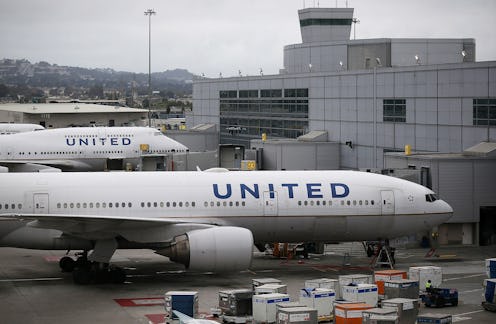News
The REAL ID Act Could Affect Your Travel Plans
REAL ID is coming. Secretary of Homeland Security Jeh Johnson has announced that in a little over two years, driver’s licenses from states that don’t comply with the REAL ID Act won’t be accepted as valid forms of ID for air travel. But what is the REAL ID Act, and what do the new regulations mean for you?
In short, REAL ID outlines specific standards that state-issued ID cards must meet in order to be considered valid identification for air travel. Currently, this requires nothing of individual travelers; the onus is on state governments to comply. For the next two years, anyone from any state will be able to use a driver’s license to get on a plane.
But this changes on Jan. 22, 2018. From that point on, Americans from states that aren’t REAL ID-compliant will have to present alternative forms of identification in order to get onto commercial airliners. In order to be REAL ID-compliant, a state must meet certain standards when issuing ID cards. For example, REAL ID requires that states conduct background checks — not for people who want driver’s licenses, but for the government employees who actually issue the licenses. The law also mandates that state ID cards include anti-counterfeit technology, as well as a barcode, and that states verify a person’s Social Security number and proof of citizenship before issuing an ID.
It’s probably not a big surprise that REAL ID has been controversial. Many fear it will be costly to implement, while others more generally oppose the federal government meddling in state affairs. It isn’t technically a federal intrusion into state activity, since states aren’t legally obligated to follow the standards. Rather, the federal government is leveraging its authority over air travel in order to coerce the states into enacting certain regulations.
Despite these controversies, the fact remains that there’s a shockingly low level of oversight regarding the issuance of state IDs and, by extension, the screening process for prospective airline travelers. One of the Sept. 11 hijackers, for example, obtained a Virginia ID by paying an undocumented immigrant $100 to sign a form confirming his in-state residence. Nine years after the attacks, Indiana officials had to invalidate 19,000 driver’s licenses after learning that the identities on them couldn’t be verified.
According to the DHS, 23 states have passed laws that make them REAL ID-compliant. Another 27 states and territories have been granted extensions to become compliant, as they’ve shown good-faith efforts to move toward compliance, while six states and territories are non-compliant and haven’t received extensions. Unless you’re a state lawmaker, REAL ID probably doesn’t mean much for you right now. But in two years time, it could be the latest thing preventing you from getting on an airplane.
